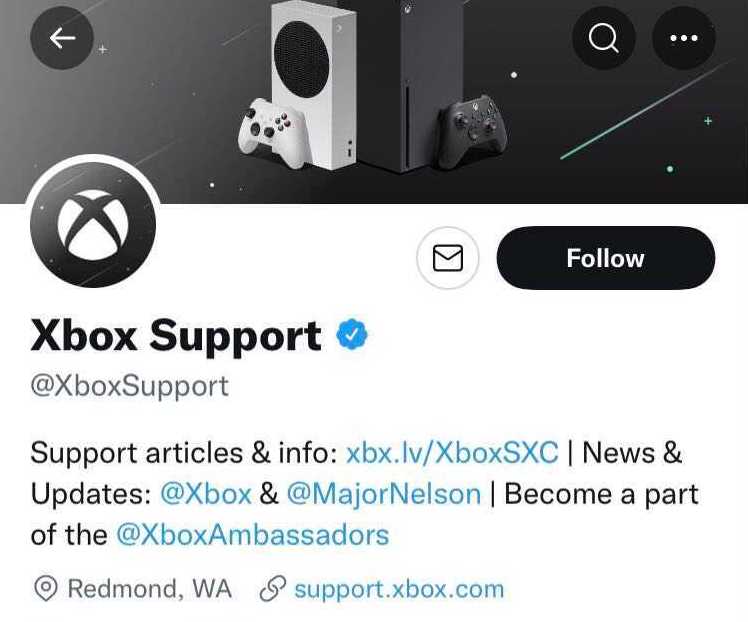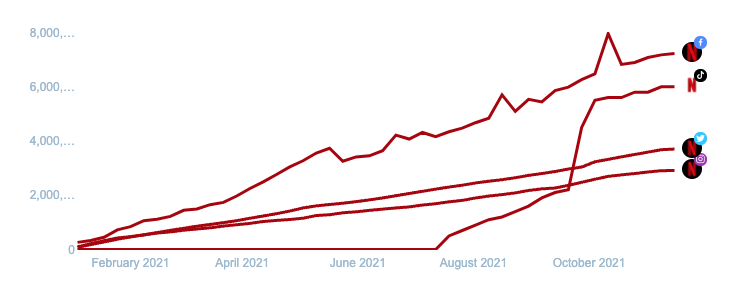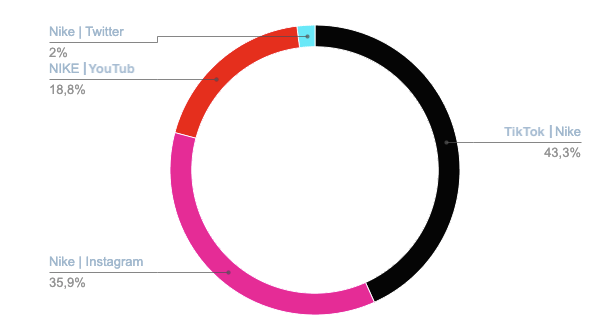Have you lost track of your social media presence? Then it is the best time for a social media audit! A social media audit helps you evaluate your company’s performance on different platforms. It helps you ensure that your profiles are up-to-date and that your brand has a consistent presence across all networks. Moreover, an audit is an ideal opportunity to review your strategy and identify ways to improve it.
In this guide, you will learn everything you need to know to conduct a successful social media audit in 5 steps and what you should keep in mind.
What a Social Media Audit is All About
A social media audit can easily be compared to an inventory and helps you to understand what is happening on various networks. You will not only be able to keep track of your social media accounts but will also learn more about:
- What is working and what is not?
- What should be optimized or adjusted?
- Which activities are not working and should be stopped?
- Which profiles need to be updated, reactivated, or deactivated?
- Which new opportunities are available to convince my target group?
- Which profiles do not match my corporate identity and need to be updated?
That makes running an audit an essential step to review your strategy and derive data-driven actions.
Your Social Media Audit with Fanpage Karma
Before you start your audit, we recommend creating a spreadsheet to document all results. This way you will get an overview and have a simple and structured document to derive measures later on.
Step 1: List Your Social Media Profiles
First things first: list your existing social media profiles. This seems like an obvious step, right? But even here, you often notice when profiles exist on “small” networks, besides “big” profiles on Facebook or Instagram. For example, there’s the Pinterest profile with two subscribers or the YouTube account with one video that hasn’t been touched in months. So list them all. Besides the big platforms like Facebook, Instagram, Twitter and LinkedIn, you should also check these networks:
- TikTok
- Snapchat
- YouTube
- Twitch
- etc.
Once you have located all your profiles, it is time to list and record the following details:
- Social media network
- URL
- Name and/or description of the profile
- Number of fans or followers
- Date of your last activity

Step 2: Update Your Profiles
Now that you list all of your social media accounts, you should keep them up to date and make sure they remain consistent with your brand. For a brand’s external impact, it is essential to ensure a consistent image. Take a look at each profile and check it for new graphics, hashtags, keywords and the right language based on the internal style guide. You should keep the following aspects in mind:
1. Title and Profile Picture.
Have you had a rebranding or images matching a current campaign? Then you should make sure that the images are updated and fit your corporate branding. Make sure that the image sizes conform to the current requirements of each network.



2. Profile and Bio Text
Your options for social media bios and profiles vary depending on the network you are on. Use them wisely and try to get the best out of them. Make sure to use all available fields and try to present your brands as well as possible. A good bio shows visitors who your company is, what it does, and why it is worth engaging with.
3. Name and/or Handle
Make sure you use the same @names for your social media profiles. This will make your profiles easier to find. If your profiles serve a different purpose, it makes sense to adjust the @name of the accounts accordingly. For example, Xbox has its own account on Twitter for support requests @XboxSupport.

4. Links
Each network offers different ways to add links and link relevant pages. You do not always have to link directly to your homepage! Use links to draw attention to current campaigns, specific landing pages or a blog post. Check your links regularly to make sure they are up-to-date and still working.
5. Verification
The only thing to check here is whether your account is verified or not. Has the profile a check mark badge? If not, check whether your accounts fulfill the requirements for verification and apply for it on the specific platform.
6. Pinned Post
On some networks, you can highlight content to make it stand out to users. On Twitter, you can pin individual posts at the top, and on Instagram there is the option to create highlights on certain topics. Again, check the currency of the content and make sure that users have direct access to new or updated content.
Step 3: Analyze Your Social Media Performance
Analyzing your profiles is the foundation for a successful social media audit. Before you dive deeper into the performance of individual profiles, it is important to identify relevant metrics and determine what the general goals and objectives might be. If you want to achieve more reach, you should focus on growth and follower numbers. If your goal is to increase customer loyalty and maintain your community, interactions play a more central role. Your goals can also differ depending on each network. You might want to use your Instagram account to increase engagement with your community, while you use your Twitter account to answer customer requests and act as a support channel.
Above all, the following metrics are important for a social media audit:
Follower & Growth
How many followers do you have on each network? How quickly is your community growing? It is worthwhile to first take a look at the current state and document how many followers you have on each platform. Looking at the growth of your followers will then help you to understand how your community has developed so far, and will also give you an idea of how you can forecast future growth.

Reach & Impressions
How many users did you reach with your content? How often was your content displayed to users? Impressions help you find out how often users have seen content and can give you an idea of how a piece of content was delivered. Reach shows you how many unique users saw your posts. So both metrics tell you a lot about the current performance of your content.
Interaction & Engagement
How active is your community? Where do users interact strongest with your content? Depending on the network, you should take a look at the most important metrics for interaction: comments, likes, shares, retweets, etc. Engagement gives you an overall impression of how users interact with your social media accounts.

Step 4: Identify Your Top Posts
Your content helps you identify the topics and content that resonate best with your target audience. List the best-performing posts for each account. To find out which are the most successful posts, you can filter your posts by the following metrics:
- Post interaction (comments, likes, shares, etc.)
- Impressions
- Reach
List the top 3 posts per network and for each of these metrics to get an overview of your most successful content. In this context, you should also verify the performance of the hashtags you use. How successfully did you reach users with your hashtags? This way you can also find out which hashtags you should use for future content or rather leave out.

For a detailed social media audit, it is helpful to differentiate your content into different categories. You can categorize your content according to the following criteria:
- Video
- Advertising
- Carousel
- Story
- Informative
- Entertaining
- Rich media (images and GIFs)
This allows you to get a clear picture of what type of content is successful on each channel. With the results, you can produce more content targeted to your audience and adjust your content strategy.
Step 5: Draw Conclusions and Set Goals
With the results, you can now start to take action and set new goals. This is the best way to optimize your social media strategy. With the wealth of data collected, you can now see where weaknesses exist and where improvements are needed.
The results help you to answer the following questions:
- Where does your strategy work best?
- Do you reach your target audience successfully?
- Which posts have the most interactions?
- What type of content generates the most reach?
- When does your content reach the most users?
With questions like these, you can verify your strategy and make data-driven decisions to improve your performance. So give it some detailed thought and use your findings for your upcoming activities.
Conclusion: Time For a New Social Media Audit
After the audit is before the audit. Social media audits are only effective if you conduct them regularly and constantly review your strategy. A quarterly social audit is a great way to keep your social accounts producing the best ROI. Such an inventory requires a certain amount of detective work, but it is the best way to scrutinize your performance and verify your activities.
Optimize and automate your social media management
If you would like to track your success, automate your posting and manage all your social media pages over one tool, then try Fanpage Karma for free.



